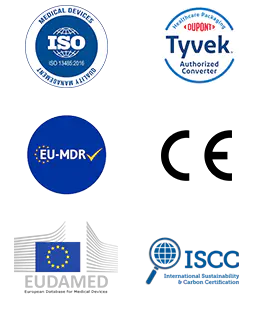In the field of sterile packaging, breathing bags made from Tyvek are gaining widespread attention due to rising global standards in medical device manufacturing and pharmaceutical logistics. Recent industry advancements have emphasized two transformative trends: elevated production standards and the adoption of renewable materials—both of which align with international calls for traceable, high-integrity packaging.
Manufacturing Tyvek breathing bags in ISO Class 4–5 cleanroom environments ensures a stringent level of sterility assurance. These ultra-clean production zones operate under strict environmental control, with routine monitoring of airborne particle levels and surface contamination. Every lot of breathing bags is assigned a traceable batch number, enabling quality audits throughout the distribution chain. In addition, particle inspection protocols are followed for each batch, reinforcing sterility and consistency. This degree of traceability provides an added layer of assurance for users who rely on the barrier performance of sterile packaging in sensitive environments such as hospital operating rooms or biotechnology labs.
Structurally, these bags typically employ a dual-material approach. One side uses a breathable Tyvek membrane, while the opposite side incorporates a durable barrier film. This configuration enables ethylene oxide or vaporized hydrogen peroxide to pass through the material during sterilization while maintaining robust resistance to microbial intrusion, mechanical wear, and chemical degradation. The composite design ensures that the packaging not only meets sterility performance requirements but also holds up through logistics, storage, and final use.
In parallel with these advancements in quality assurance, the packaging industry is also moving toward material innovation. Tyvek breathing bags are now available in versions that incorporate renewable-content feedstock into their base materials. These materials are ISCC PLUS certified and are derived from bio-circular resources that reduce reliance on fossil-based inputs. Importantly, the transition to renewable content does not alter the mechanical or chemical behavior of the packaging, allowing existing sterilization equipment and packaging lines to operate without modification. This development enables manufacturers to integrate sustainability into their processes without disrupting validated packaging procedures.
Production and Sustainability Overview
|
Feature |
Description |
|
Cleanroom Classification |
ISO Class 4–5; certified with traceable batch tracking and particle testing |
|
Material Structure |
Tyvek membrane + protective barrier film, supports sterilization access |
|
Sustainability Profile |
Includes renewable bio-based content, ISCC PLUS certified |
|
Compatibility |
Maintains identical performance to conventional packaging materials |
From a regulatory and environmental perspective, the introduction of renewable-content Tyvek is an important shift. It allows device and pharmaceutical manufacturers to comply with tightening environmental policies and carbon reduction frameworks, particularly those imposed by government health ministries and international trade organizations. Combined with traceable cleanroom production, this creates a future-ready solution for sterile packaging—one that aligns performance with responsibility.
The global market for medical and laboratory-grade packaging is increasingly prioritizing packaging integrity and sustainability in parallel. As these trends converge, Tyvek breathing bags have emerged as a model of innovation, offering not only functional performance but also alignment with forward-thinking environmental objectives. Manufacturers, contract packagers, and regulatory auditors are now paying closer attention to the entire lifecycle of packaging products—from cleanroom production to material sourcing—pushing the industry toward higher operational and ethical standards.
In this evolving environment, Tyvek breathing bags are no longer just passive enclosures for sterile goods. They are becoming active participants in the delivery of safe, traceable, and environmentally sound healthcare solutions.

 English
English Français
Français Deutsch
Deutsch Nederlands
Nederlands


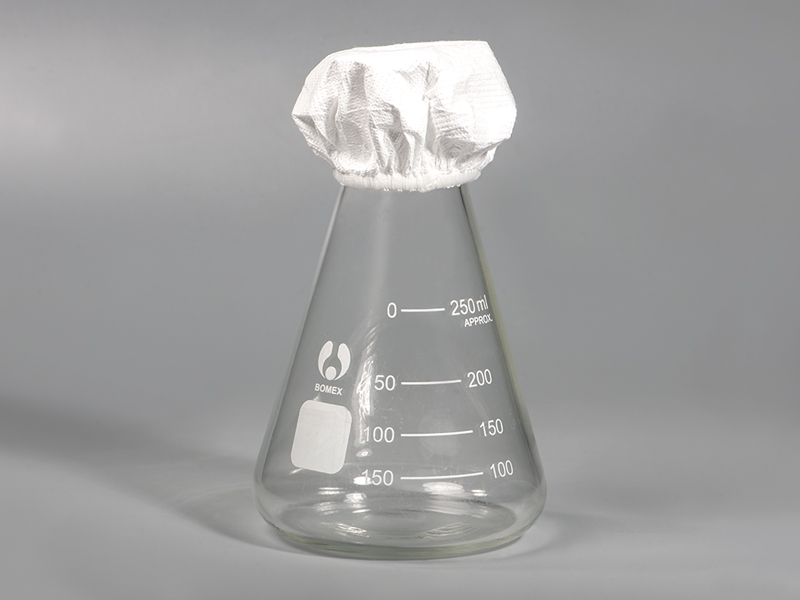



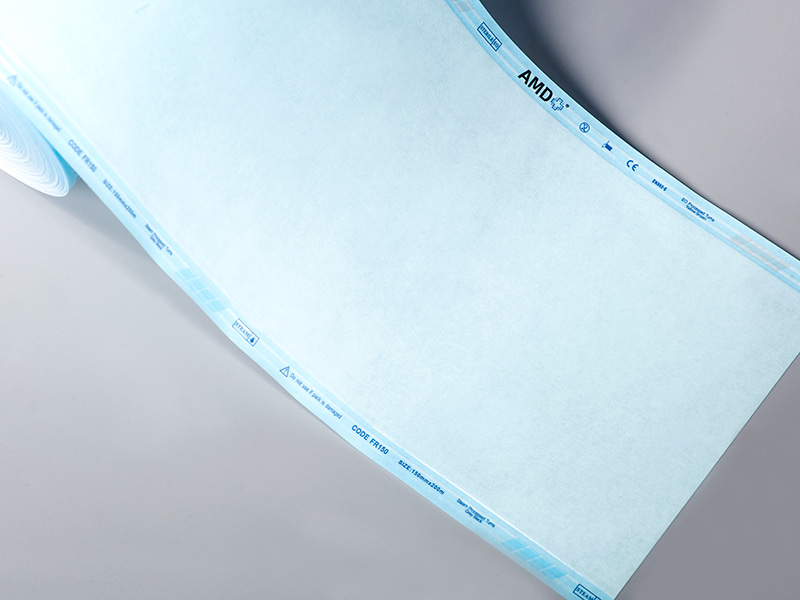
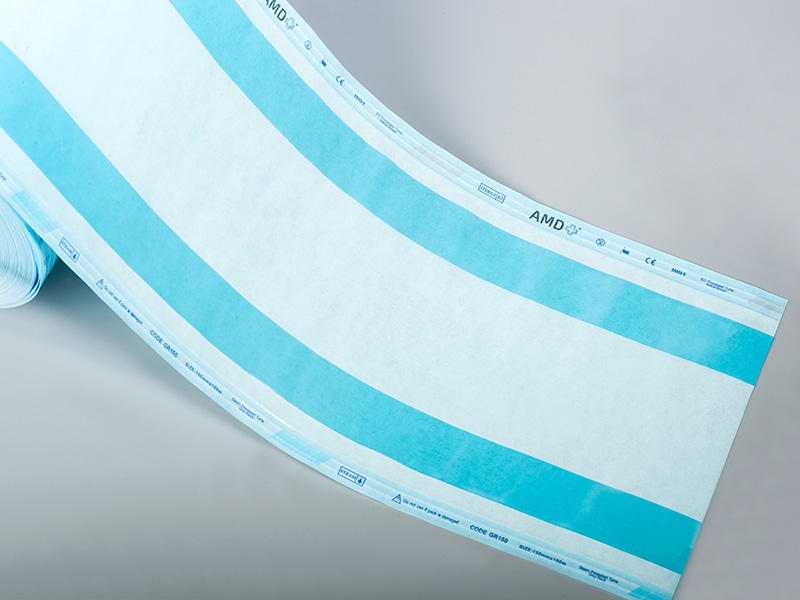
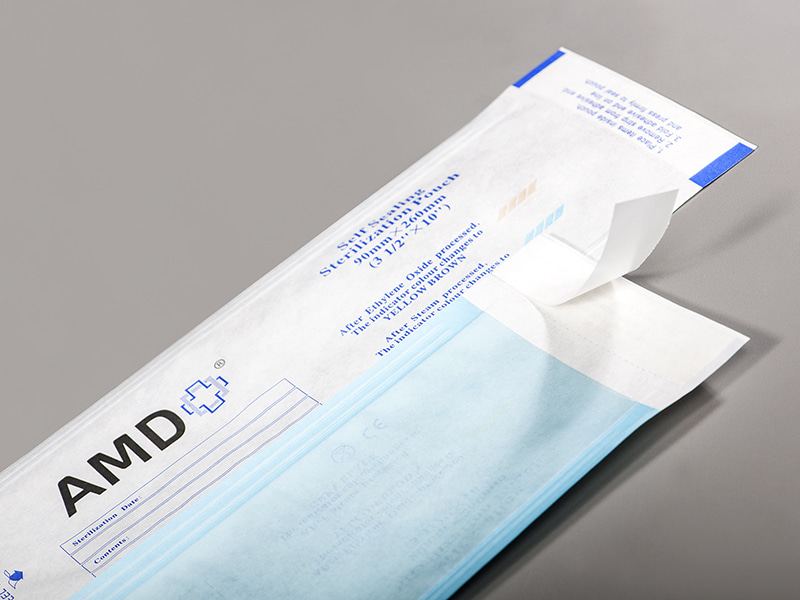
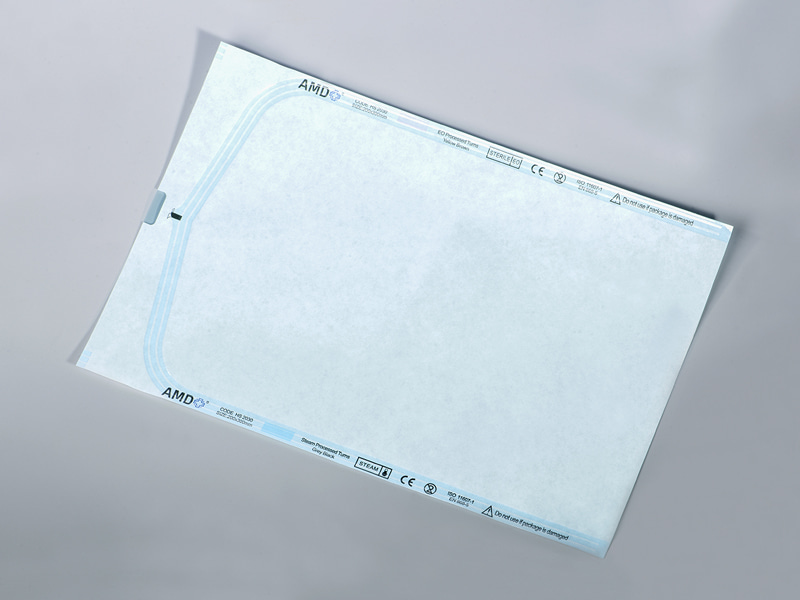
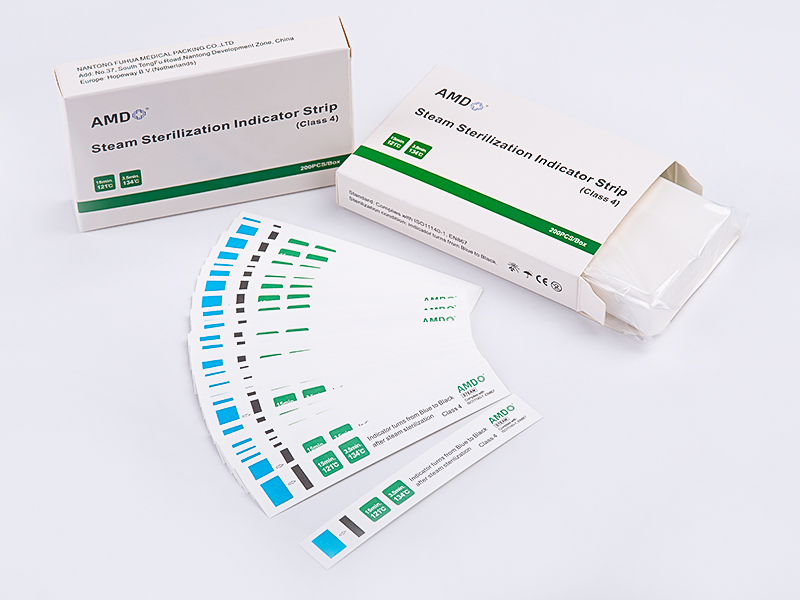
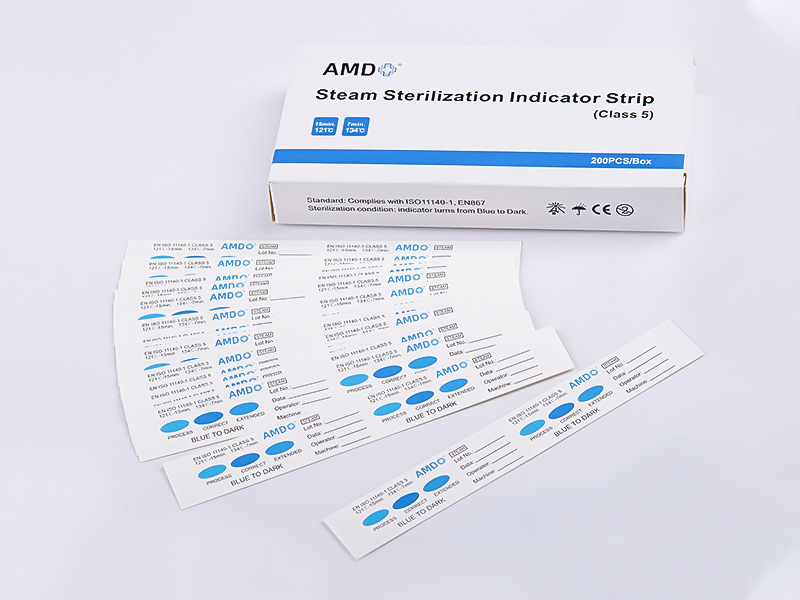

 ‘s-Gravenweg 542, 3065SG RotterdamThe Netherlands
‘s-Gravenweg 542, 3065SG RotterdamThe Netherlands
 +31 (0)10 254 28 08
+31 (0)10 254 28 08
